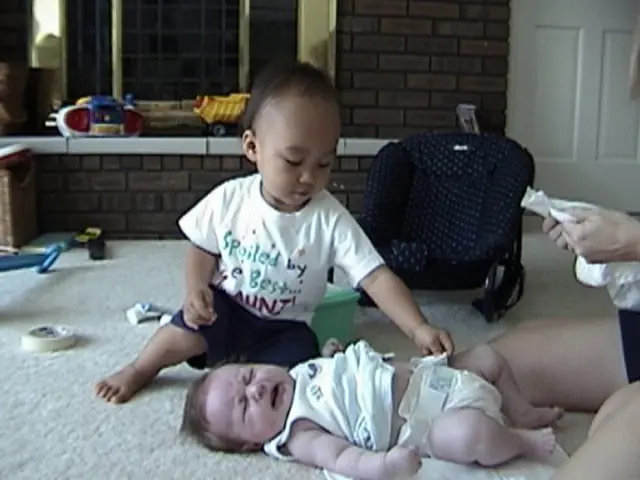Flight TG922's emergency fuel dump: A routine safety measure
Spilled Fuel from Thai Airways Aircraft Poses No Danger to Gulf of Thailand
In an unusual turn of events, the Boeing 777-300ER of Thai Airways International had to jettison some fuel before making an emergency landing at Suvarnabhumi airport on Sunday. The fuel was dispensed as a fine mist over the Gulf of Thailand, posing no harm to the environment, according to Surachai Nuprom, acting president of Aeronautical Radio of Thailand (Aerothai).
The captain of the flight TG922 opted to discard fuel, lightening the plane, during their journey over Samut Sakhon province, following an issue with the undercarriage not closing fully after takeoff. This move was part of standard emergency procedures.
Mr. Surachai explained that the fuel was ejected and atomized, with Aerothai's designated areas for fuel disposal all being above the sea. Air traffic controllers granted the aircraft priority clearance to land after the crew reported the issue.
Post-problem-fix, the flight resumed its journey to Frankfurt at 2.12pm, landing without complications.
Looking ahead, Aerothai's acting president anticipates increased air traffic now that the US Federal Aviation Administration (FAA) has restored Thailand aviation safety to category 1 status. This upgrade is expected to bolster foreign airline confidence, planning to ramp up flights to Thailand, and boost the wider aviation industry.
Transport Minister Suriya Jungrungruangkit earlier announced that Thai airlines could now resume direct flights to US destinations following the FAA upgrade, which relegated Thailand to the second safety tier in 2015 due to concerns about its aviation safety regulations enforcement.
Emergency Fuel Dumping Procedures
Fuel jettison, or fuel dumping, is a crucial emergency procedure used when aircraft need to reduce weight for a safe landing. These are the standard steps involved:
- Pilots calculate the fuel needed to be discarded to reach a safe weight, taking into consideration the aircraft's maximum gross weight for safe takeoff and landing.
- The crew contacts air traffic control to request an authorized fuel dump zone and avoid conflicting with other flights.
- Upon approval, pilots activate the fuel jettison system, typically involving valves in the wingtips that release fuel and vaporize it.
- The crew monitors fuel quantity indicators to ensure proper weight reduction.
- Once the target weight is achieved, the system is deactivated.
Although fuel dumping has environmental implications, it is generally considered a necessary safety measure for averting more severe accidents during emergency landings. However, it is employed sparingly due to its environmental and economic consequences.
The emergency fuel dumping procedure was followed by the captain of flight TG922, involving the calculated discard of fuel for a safer landing. This process, although having environmental implications, is often considered a necessary safety measure in emergency situations, despite its potential environmental and economic consequences.
Looking forward, the increased air traffic to Thailand due to improved aviation safety regulations might necessitate more frequent use of fuel dumping procedures, making it crucial to strike a balance between safety and environmental concerns.








